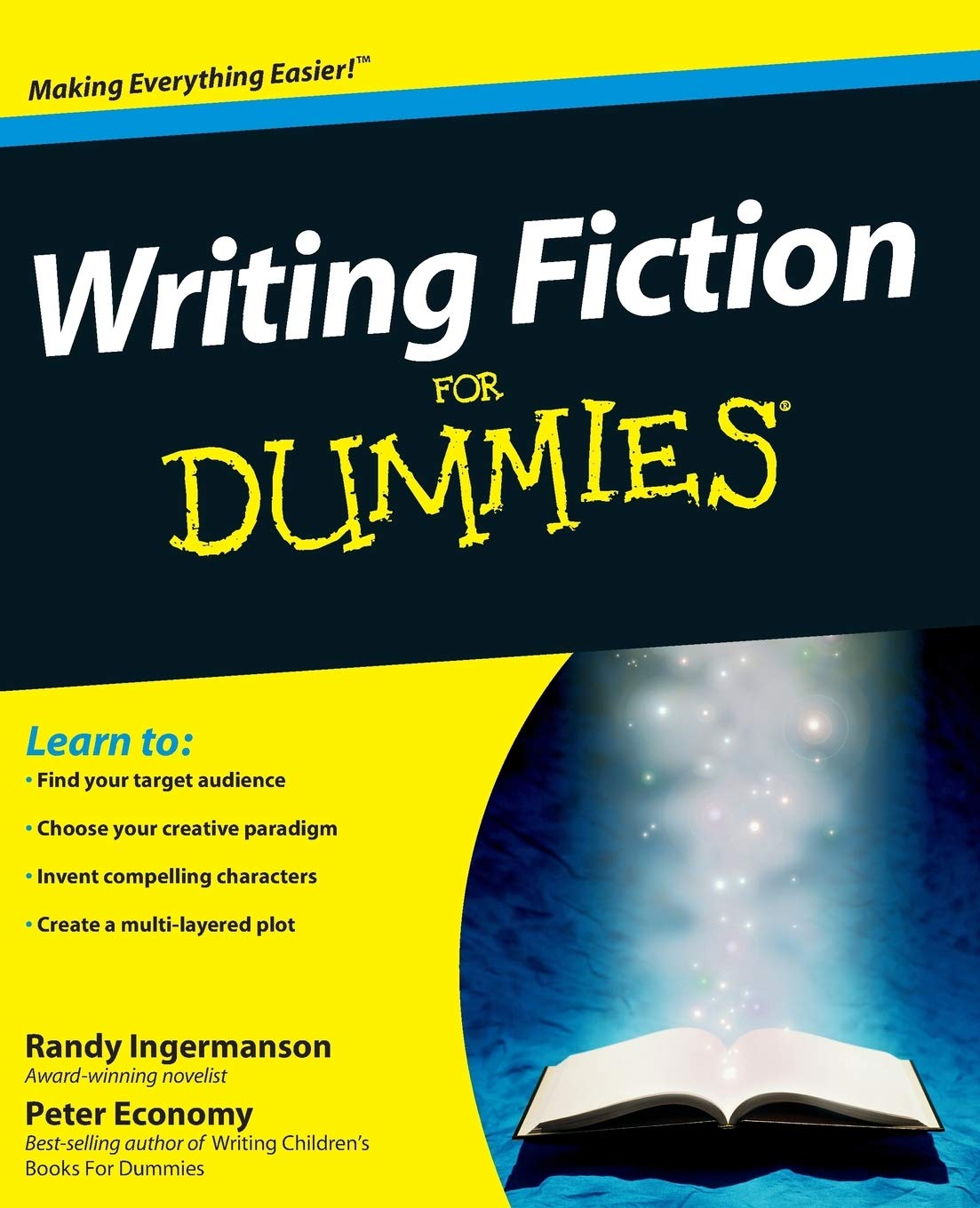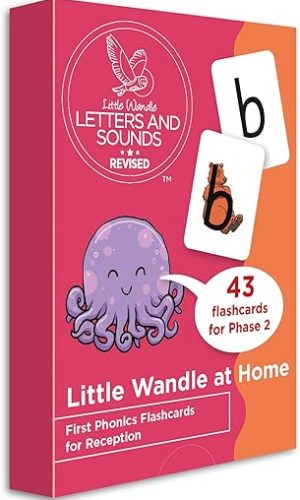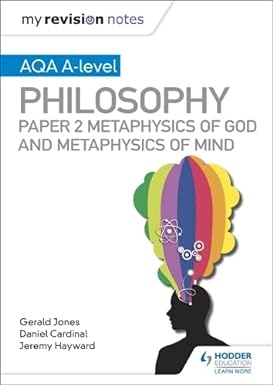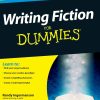Writing Fiction For Dummies
£14.20£15.20 (-7%)
A complete guide to writing and selling your novel
So you want to write a novel? Great! That’s a worthy goal, no matter what your reason. But don’t settle for just writing a novel. Aim high. Write a novel that you intend to sell to a publisher. Writing Fiction for Dummies is a complete guide designed to coach you every step along the path from beginning writer to royalty-earning author. Here are some things you’ll learn in Writing Fiction for Dummies:
- Strategic Planning: Pinpoint where you are on the roadmap to publication; discover what every reader desperately wants from a story; home in on a marketable category; choose from among the four most common creative styles; and learn the self-management methods of professional writers.
- Writing Powerful Fiction: Construct a story world that rings true; create believable, unpredictable characters; build a strong plot with all six layers of complexity of a modern novel; and infuse it all with a strong theme.
- Self-Editing Your Novel: Psychoanalyze your characters to bring them fully to life; edit your story structure from the top down; fix broken scenes; and polish your action and dialogue.
- Finding An Agent and Getting Published: Write a query letter, a synopsis, and a proposal; pitch your work to agents and editors without fear.
Writing Fiction For Dummies takes you from being a writer to being an author. It can happen―if you have the talent and persistence to do what you need to do.
Read more
Additional information
| Publisher | 1st edition (13 Nov. 2009), For Dummies |
|---|---|
| Language | English |
| Paperback | 384 pages |
| ISBN-10 | 0470530707 |
| ISBN-13 | 978-0470530702 |
| Dimensions | 18.8 x 2.79 x 23.37 cm |










by BookCat
This is very good if you’re interested in the Snowflake Method and the Scene and Sequence structure. At about the same time I bought this, I also bought The Novel Factory software and the two compliment each other wonderfully.
There are sections about finding time to read and becoming organised, but I found the parts relating to structure of most interest.
by Velo Mitrovich
Despite this being one of the ‘Dummies’ books, ‘Writing for Fiction’ is for anyone but dummies. I found Ingermanson’s advice to be extremely good. The book makes you think about your work and how to make it better. The only problem I’ve had with it is that I read a passage, get excited, go to my work-in-progress, and then days later return to ‘Writing Fiction’. I really should read it in one go and then start using it as a guide. Again, forget about the title, just get it, especially if don’t know how to move your story forward.
by Ms Renko
Had this book a couple of years for a on and off again interest in writing. Is a really good resource and gave me some great tips, which lead me onto some greats books that I really enjoy reading.
Takes you from the very start of what to do before you even start writing
by Alys
“Writing Fiction for Dummies” provides a solid and comprehensive overview of the subject. The chapters are subdivided into sections that deal in turn with different aspects of how to produce a manuscript from start to finish. The book concentrates mostly on two key aspects: the technique of how to structure a novel – the overall skeleton of a book – into three main sections or acts, each consisting of numerous scenes, which can be proactive or reactive; and how to “work the manuscript”, covering in generous detail the literary devices available to the novelist in giving life to the story and the characters through their writing – such as dialogue, narrative summary, action, or interior monologue, to name a few of the possibilities – and how to use each effectively. The reader also learns through detailed examples about point-of-view (POV) strategies and characters, and the difference between showing and telling. “Writing Fiction for Dummies” also covers such essentials as how to edit and polish your manuscript; how to decide what genre your novel is and what your target audience is; how to target a literary agent, acquisitions editor or critique group; what a storyline, synopsis and executive summary (and other essentials) are, why they are needed and how to produce winning ones; the most common reasons why manuscripts get rejected; and urges the reader (nicely!) into an essential but often overlooked in-depth analysis of their own manuscript.
This book is written in a very approachable style with a generous helping of humour.
There are so many good things in this book that it is difficult to single out topics for special praise, but one that I particularly appreciated was learning how to write an effective storyline. This is a subject which is covered in considerable detail with numerous examples. It sounds easy, but it actually needs a great deal of thought to do well! I also found it interesting (although perhaps not essential) to learn about the different approaches to writing a novel and to discover which I happen to use. The section entitled “Getting Published” was invaluable, and in terms of time and effort, this book has paid for itself many times over with the advice it gives.
Book reviews are of course highly subjective, but two chapters which for me did not work as well as the rest of the book were on the subjects of finding your category, and time management. I personally did not feel the need for advice on time management in this book, and while the advice given is sound, it seems so obvious. Of course you need a conducive writing corner that works for you – and if you are serious about writing, you make time for it somehow. I work full-time, so I only have the weekends in which to fit in some writing time. If I don’t feel particularly creative one weekend, I don’t write: as simple as that. I don’t feel the necessity to write x number of words every day. What I’m trying to say is, where and when to write should be intuitive, common sense.
The other section of the book where I would have appreciated a little more detail and guidance is in how to decide the category and subcategory of a manuscript. Some are easy to categorise, but others are harder: for example, with a romantic novel, what are the guidelines to knowing whether the book should be categorised under “romance”, rather than “general fiction” with a strong romantic theme? I know the authors refer the reader to “Publisher’s Weekly” for the answer, but I would have found it helpful to have a more detailed “How to categorise your novel” guide.
In summary, I strongly recommend this book to anyone starting out as a novelist. Since this book is general in scope, I think that many writers would want to go on to read a more specialised text on writing in their specific genre, but “Writing Fiction for Dummies” provides such an excellent and thorough introduction that the reader will derive far more benefit from any subsequent book on the subject from having read this one first.
I also heartily endorse Dr. Ingermanson’s free e-zine on fiction writing.
by Amazon Customer
As I am looking to move from writing short stories to trying my hand at a novel, I thought I had better do some research on the subject. This is the third book on novel writing techniques I have bought but I wish it had been the first. If I had started with this title I doubt if I would have bothered with the other two.
Don’t be put off by the “For Dummies” in the title. This volume contains pretty much everything you need to know to avoid making common mistakes. It is entertaining enough to be read from cover to cover whilst also featuring self contained chapters that allow you to jump to areas that you need advice on. Covering every aspect of the novel writing process, this book will help you get off to the best possible start. If you are looking for a book about writing fiction I would advise you start here.
The Kindle edition also has a full table of contents that allows you to jump to the section you need.
by Amazon Customer
An excellent book packed with good content on many of the things you don’t always get in ‘how to write’ books. A lot of excellent advice on story structure and all its levels. Wonderful guidance on creating meaningful characters, engaging dialogue, and using emotion to pull your readers through.
As an added bonus it links well with the Snowflake Pro software which is also an exceptional buy
by Pete Dennett
This book is absolutely perfect reading for a student of writing. If you plan to write stories, particularly, or even how-to books, this book will show you how to create believable characters and situations. It will teach you the don’ts too. If you plan on writing then buy this book. If you want to know the do’s and don’ts then buy this book. If you think that writing is the purvue of only those people talented enough, read this book. You be surprised!
by SK
Going by the title, you’d think ‘Ah, this’ll be easy.’ By the time you get into the meatier bits of the book, though, you see it’s anything but. By the end of it, you realize, how much more there is to learn.
You get a real feel for what it means to be a writer, the techniques, the intricacies of the craft – all ably and understandably explained
with examples, anecdotes and tips, written in a personal tone, as if the author were speaking to the reader directly.
There is a wealth of information in it, that, when applied, will make anyone’s writing more concise, more professional.
The only thing I kept skimming over, towards the end, were the lenghty citations from ‘The Godfather’ and ‘Pride and Prejudice’. Otherwise it is definitely a book I’ll re-read and one I’ll keep consulting for a long time to come.